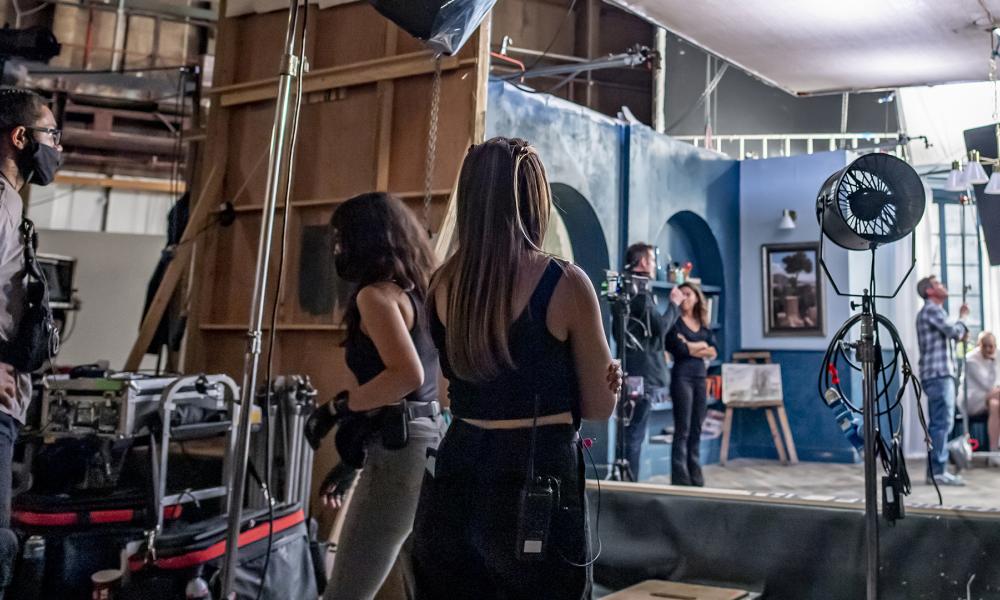In the tumultuous landscape of the 2008 financial crisis, Kurush Mistry embarked on an unexpected cinematic adventure that would challenge his professional boundaries and unlock unprecedented creative potential. What initially appeared to be a straightforward financial investment quickly metamorphosed into a comprehensive exploration of independent filmmaking.
The project centered on a nuanced narrative examining the lives of four South-Asian professionals in New York. Kurush Mistry found himself deeply embedded in a film that delicately explored complex themes of cross-cultural relationships, generational value conflicts, and the intricate balance between professional ambitions and personal identity.

Originally conceived as an ultra-low-budget production, the project rapidly evolved beyond its initial scope. Kurush Mistry’s involvement expanded exponentially, transitioning from a passive investor to a critical participant managing multiple dimensions of the filmmaking process. The production demanded constant adaptation, with budgets and scripts repeatedly revised as the project’s ambitions grew.
Significant challenges emerged consistently throughout the journey. Location logistics proved particularly unpredictable, with shooting sites frequently borrowed and subject to sudden cancellation. Some scenes were captured through unconventional, guerrilla-style filmmaking, executed without formal permissions. Unexpected expenses continuously surfaced, from actor overtime to emergency equipment needs. A brief production pause resulted from complex SAG union disputes, testing the team’s collective resilience.
Kurush Mistry’s role became increasingly multifaceted. Beyond financial management, he engaged in personnel hiring, dispute negotiations, and script refinement. The original writers, significantly younger than the film’s protagonists, required substantial dialogue revisions to authentically capture the nuanced experiences of professionals navigating complex cultural landscapes.
A particularly meaningful moment occurred during the filming of a relationship resolution scene Kurush Mistry had co-written. Witnessing his carefully crafted words translated into performance created a profound emotional experience that highlighted the deeply personal nature of creative expression.
The film’s commercial journey proved challenging. While securing screenings across multiple U.S. theaters, it received mixed critical reviews and encountered financial limitations. Kurush Mistry retrospectively identified key constraints, including an inadequate marketing strategy and the absence of recognizable talent to attract the diaspora audience.
Reflecting on this transformative experience, Kurush Mistry offered invaluable insights for aspiring filmmakers. He emphasized the critical importance of engaging experienced personnel, understanding regulatory landscapes, managing interpersonal dynamics, and preparing for the inherent tensions between creative vision and practical production constraints.
Despite the commercial challenges, Kurush Mistry viewed the experience as an extraordinary opportunity for personal and professional growth. The journey demanded unprecedented flexibility, creative problem-solving, and the ability to manage diverse personalities in an inherently unstructured environment.
His fundamental advice resonated with hard-earned wisdom: maintain realistic expectations, recognize the value of intangible returns, cultivate patience, and remain open to unexpected opportunities. The filmmaking experience transcended a singular project, representing a transformative odyssey that challenged professional boundaries and unveiled previously unexplored creative potential.
Ultimately, Kurush Mistry’s journey epitomizes the unpredictable, often challenging, yet profoundly rewarding nature of creative entrepreneurship—a testament to adaptability, persistence, and the courage to venture beyond conventional professional limitations.
